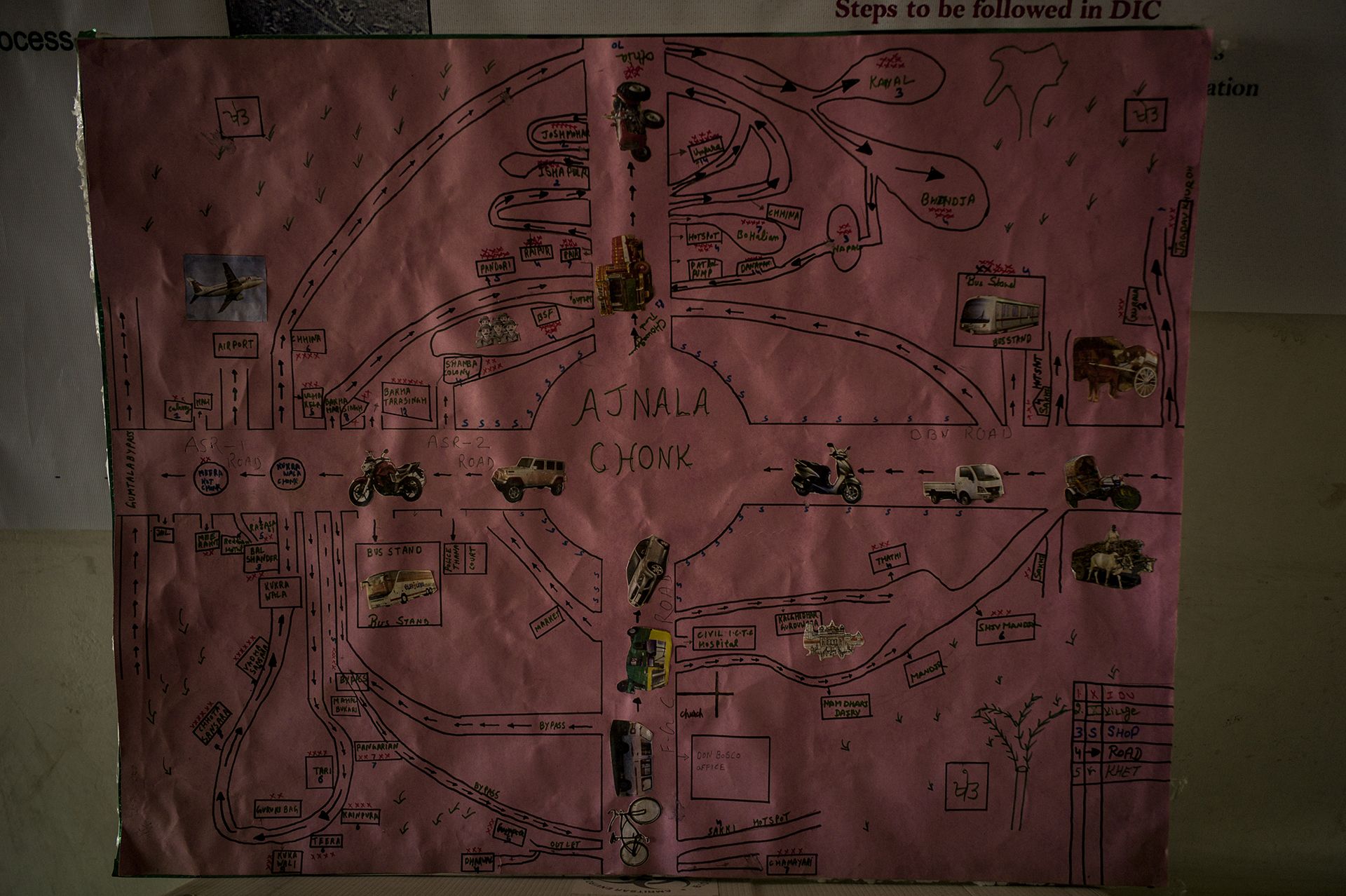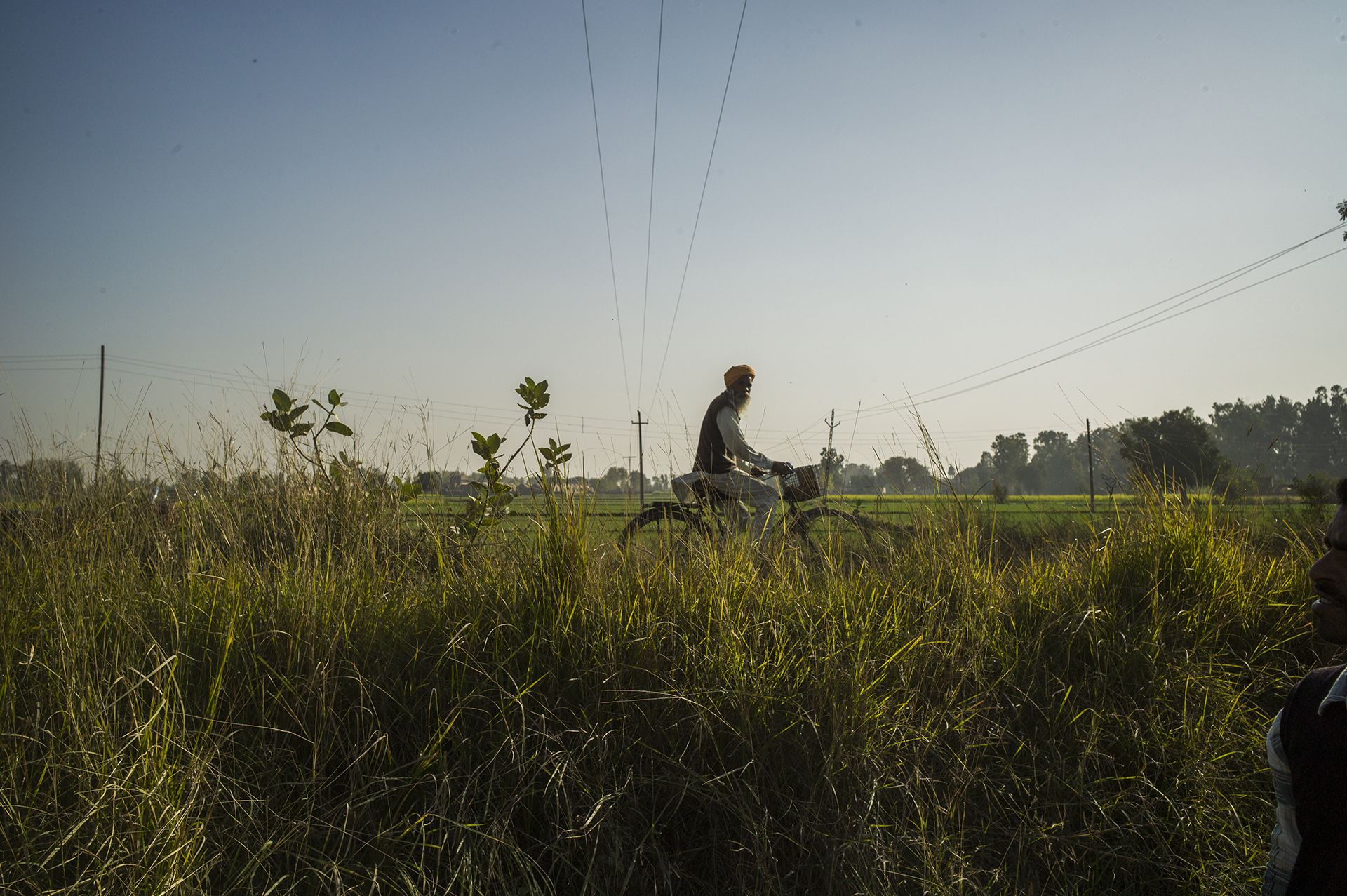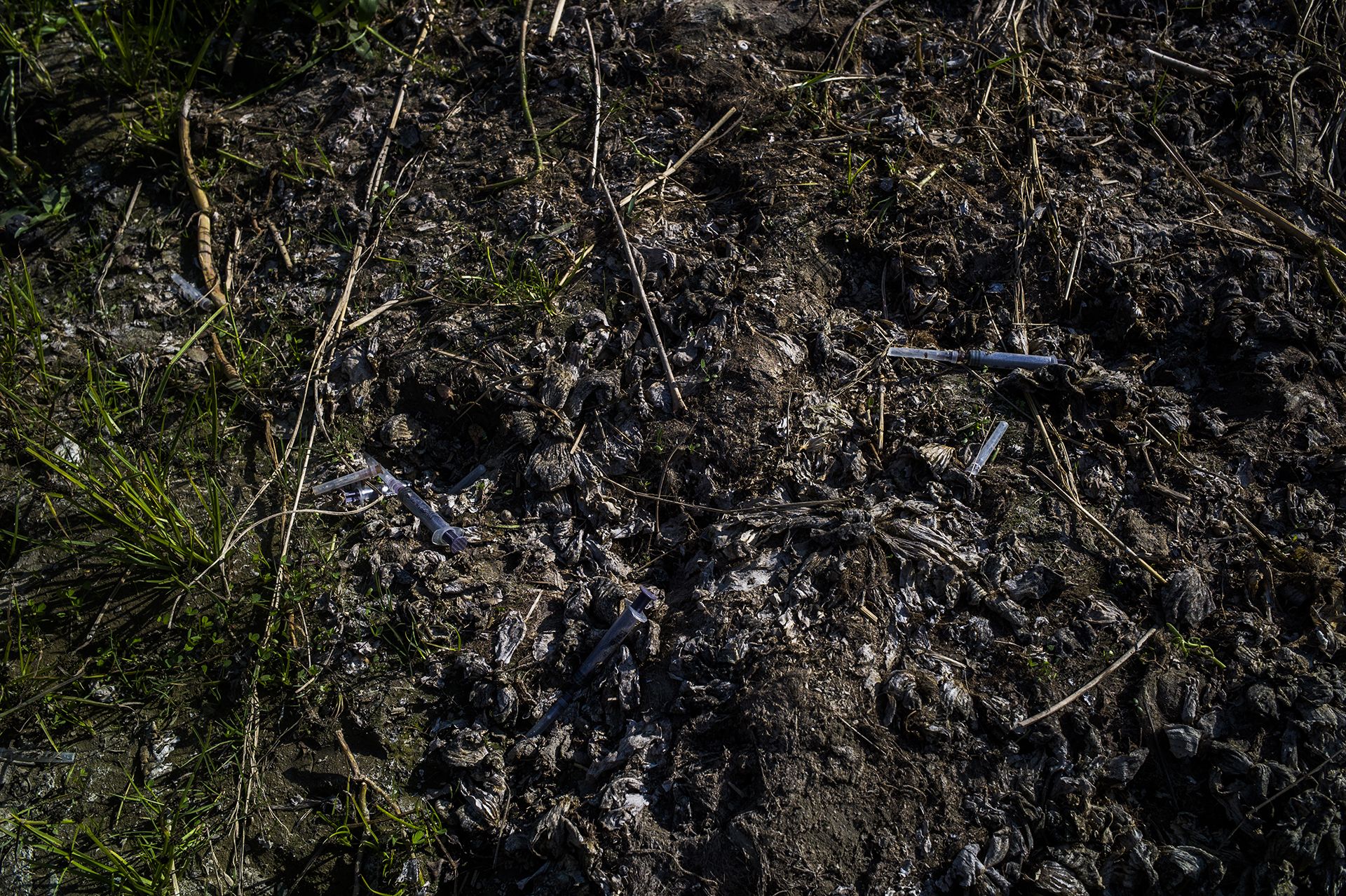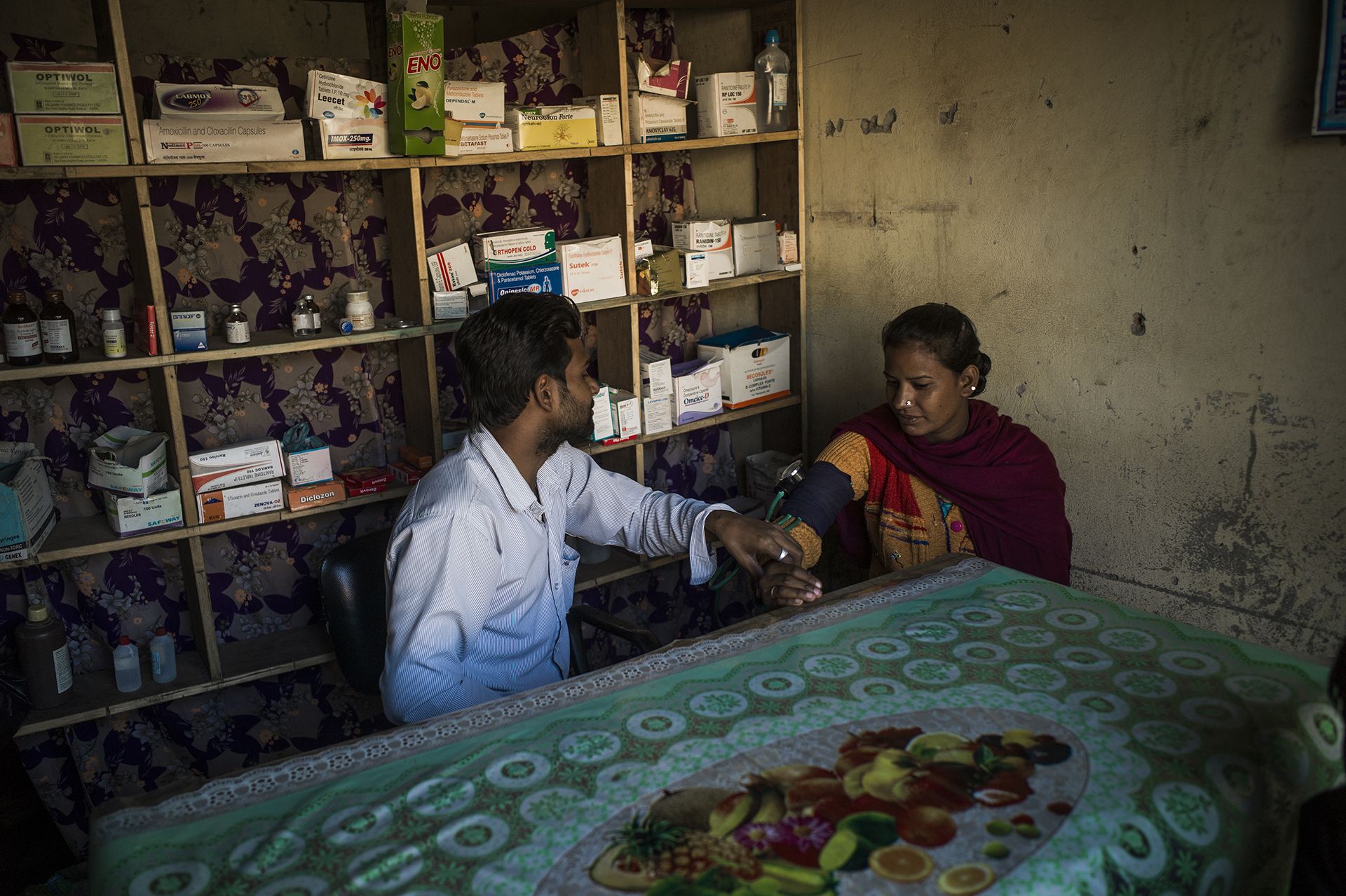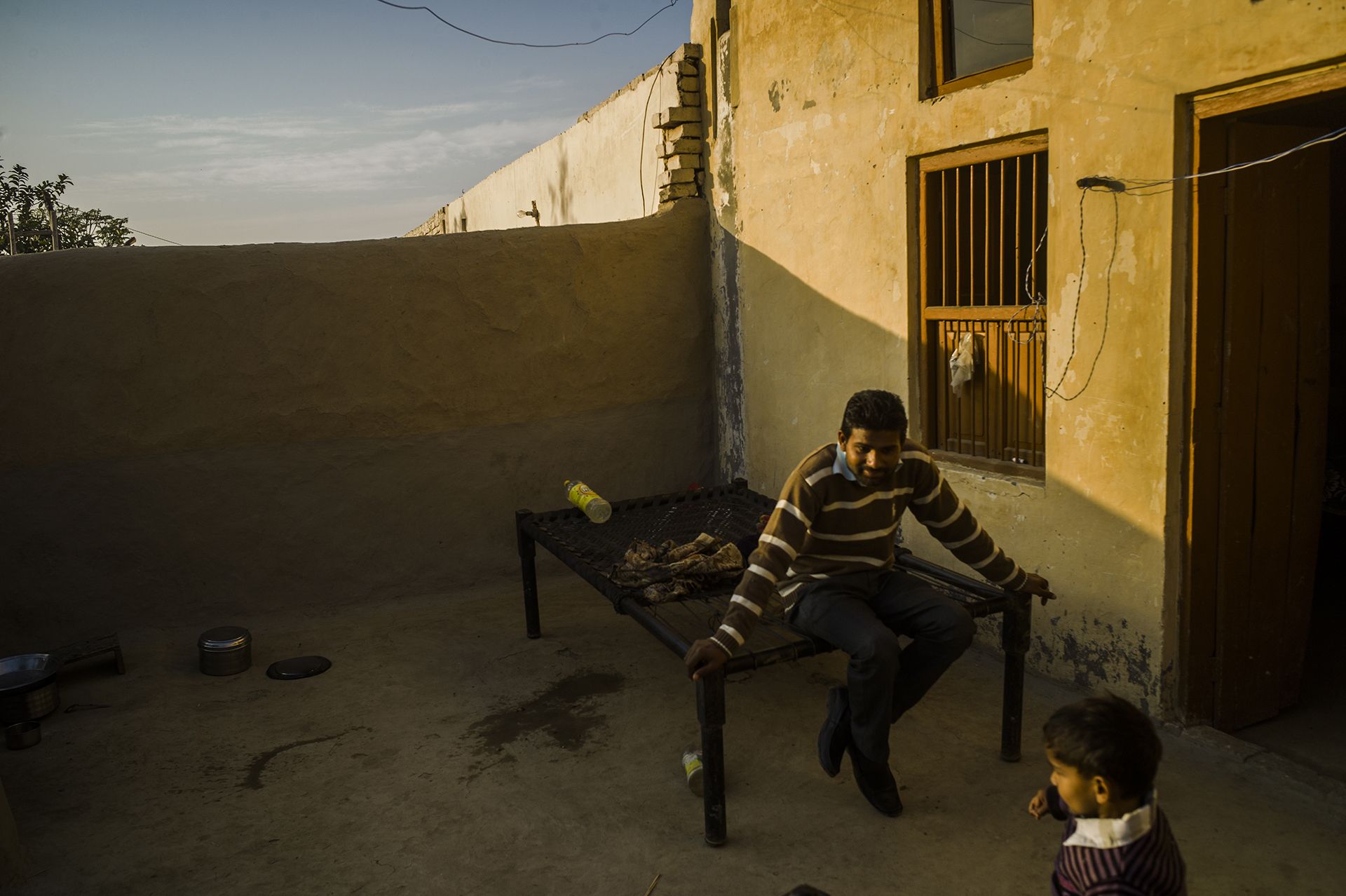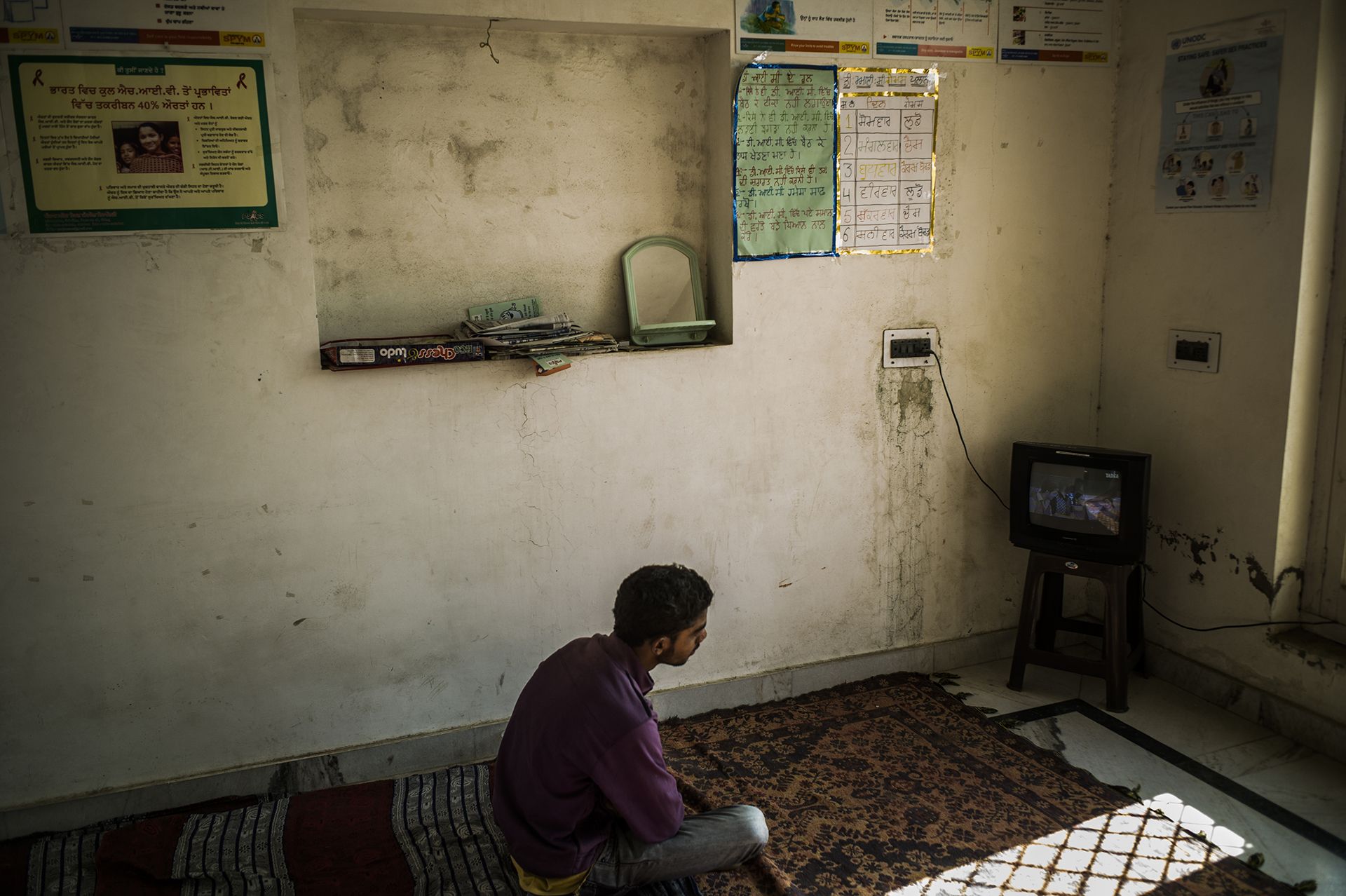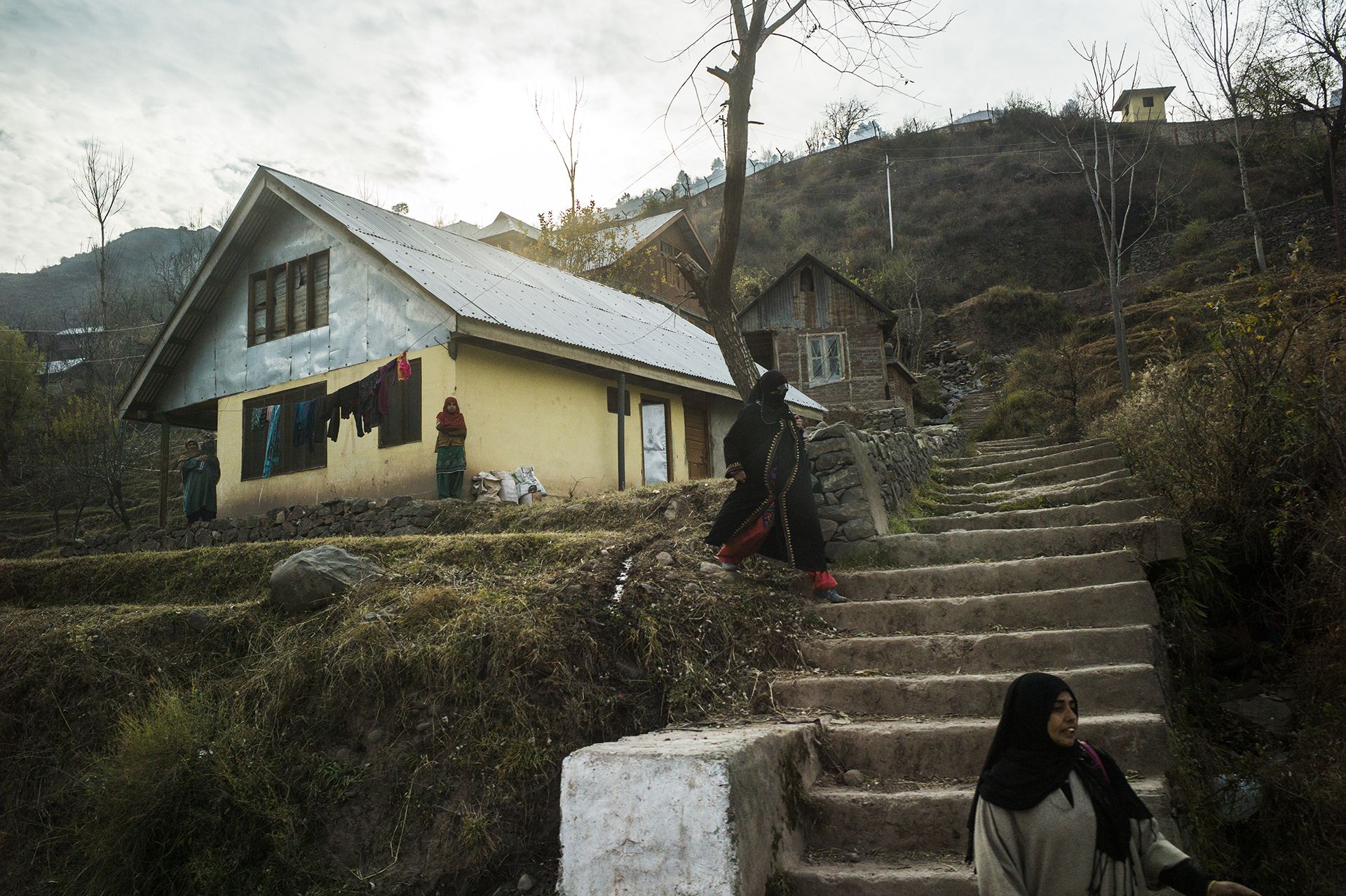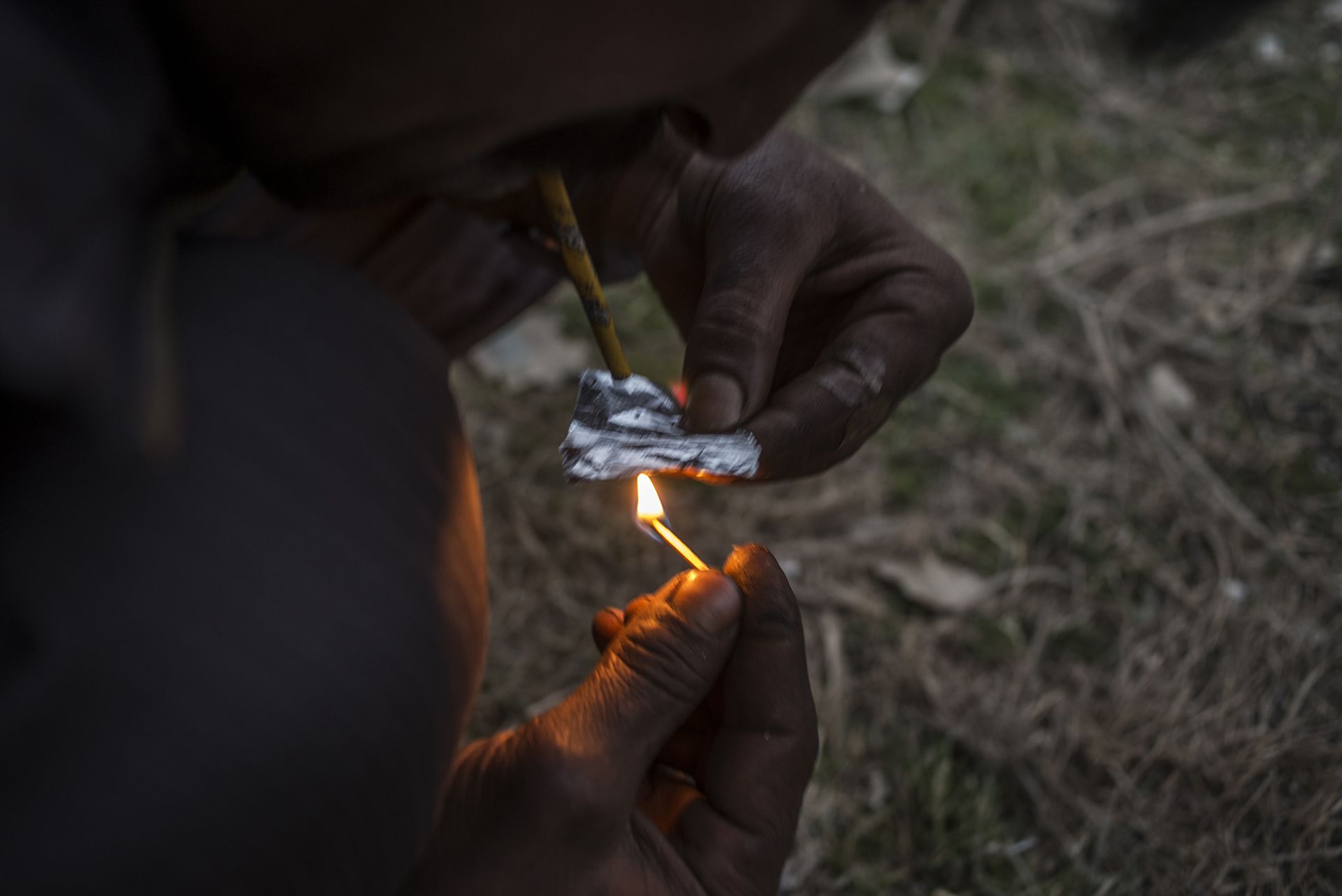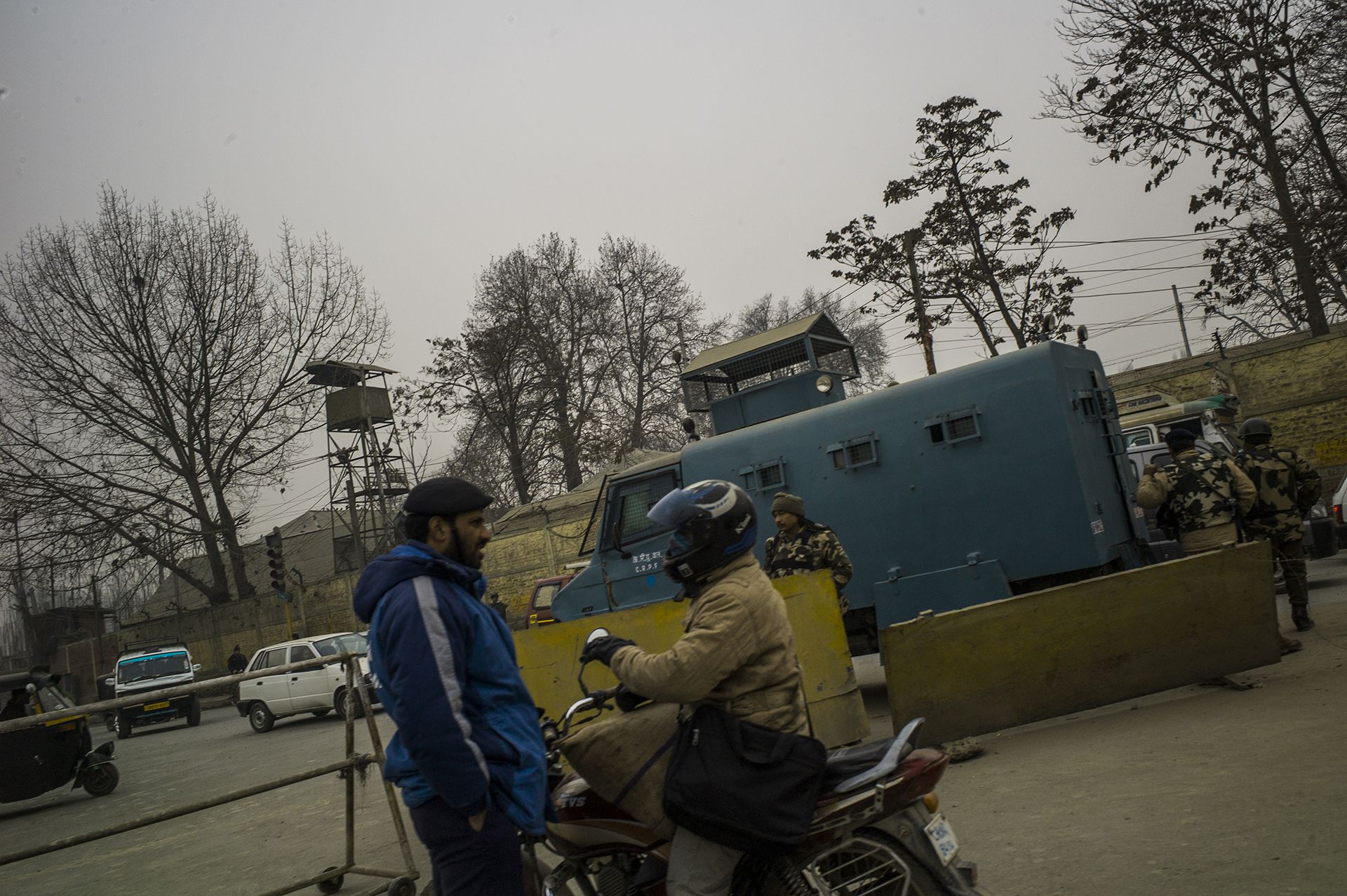The Indian border with Pakistan, specifically the northern most states of Punjab and Kashmir, has been ravaged by heroin addiction, and the situation is worsening. The bulk of the heroin has been flowing out of Afghanistan, mainly the result of instability following the American invasion of that country in 2001.
The threat to India is dire: As many as 70 percent of Punjabi males between the ages of 16 and 35 living in Amritsar are said to be addicted. In Kashmir, official numbers are not available, but it’s well known among residents that the issue is severe, and that the psychological pressures of living in a conflict zone often lead to self-medication through opiates.
The government of Punjab created a plan called Operation Clean that has initiated 100 drug arrests per day, but critics claim the plan is treating the symptoms instead of the cause—the persistent flow of heroin across borders. In Kashmir, little has been done outside of Islamic community organizations, and the rate of HIV/AIDS—a devastating side-effect of needle-sharing among addicts—is skyrocketing in both regions.

